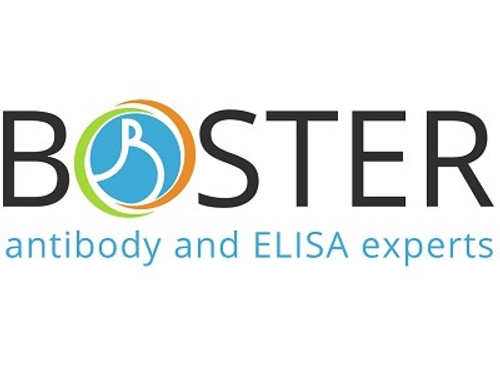Product Description
GLUL also known as Glutamine synthetase. It is a trimetallic enzyme containing two divalent cation sites and one monovalent cation site per subunit. GLUL is able to regulate intracellular concentrations of glutamate and catalyzes the synthesis of glutamine form glutamate and ammonia. It is ubiquitously expressed in the human and plays a major role for many metabolic pathways such as cell proliferation, inhibition of apoptosis, and cell signaling. Recombinant Human GLUL was expressed in E.coli and purified by using conventional chromatography techniques.
Biovision | P1067 | Glutamine Synthetase human recombinant DataSheet
Biomolecule/Target: GLUL
Synonyms: GLNS, GS, PIG43, PIG59, GLUL
Alternates names: Apolipoprotein E4, APOE, apolipoprotein, apolipoproteins
Taglines: N/A
NCBI Gene ID #:
NCBI Gene Symbol:
Gene Source: Human
Accession #:
Recombinant: Yes
Source: E. coli
Purity by SDS-PAGEs: 90%
Assay: SDS-PAGE
Purity: N/A
Assay #2: N/A
Endotoxin Level: N/A
Activity (Specifications/test method): Measured by its ability to convert L-glutamate to L-glutamine per miunte at pH 7.5 at 37C in coupled system with PK/LDH.
Biological activity: N/A
Results: > 2.000 pmol/min/ug
Binding Capacity: N/A
Unit Definition: One unit is defined as the amount of enzyme that convert L-glutamate to L-glutamine per miunte at pH 7.5 at 37C in coupled system with PK/LDH
Molecular Weight: 34.4 kDa
Concentration: 1 mg/ml
Appearance: Liquid
Physical form description: In 20 mM Tris-HCl buffer (pH8.0) containing 10% glycerol 1 mM DTT, 0.1 mM PMSF
Reconstitution Instructions: Reconstitute in dHO to a concentration of 0.1-1.0 mg/ml. The solution can then be diluted into other aqueous buffers and store at 4°C for 1 week or 20°C for future use.
Amino acid sequence: N/A
 Euro
Euro
 USD
USD
 British Pound
British Pound
 NULL
NULL








